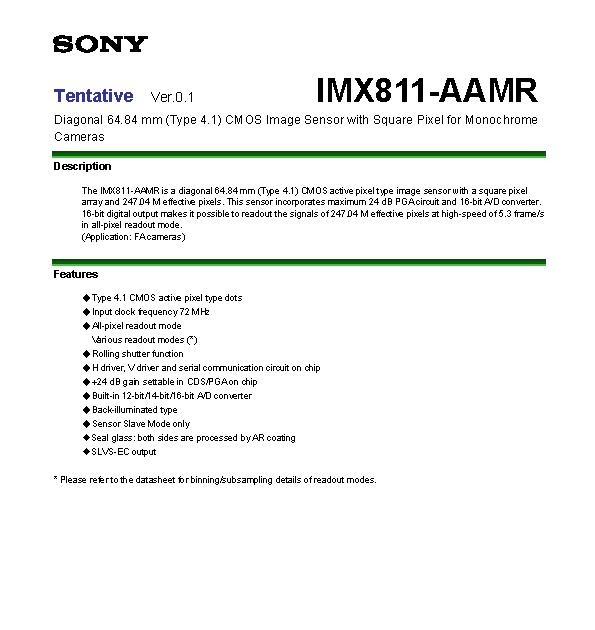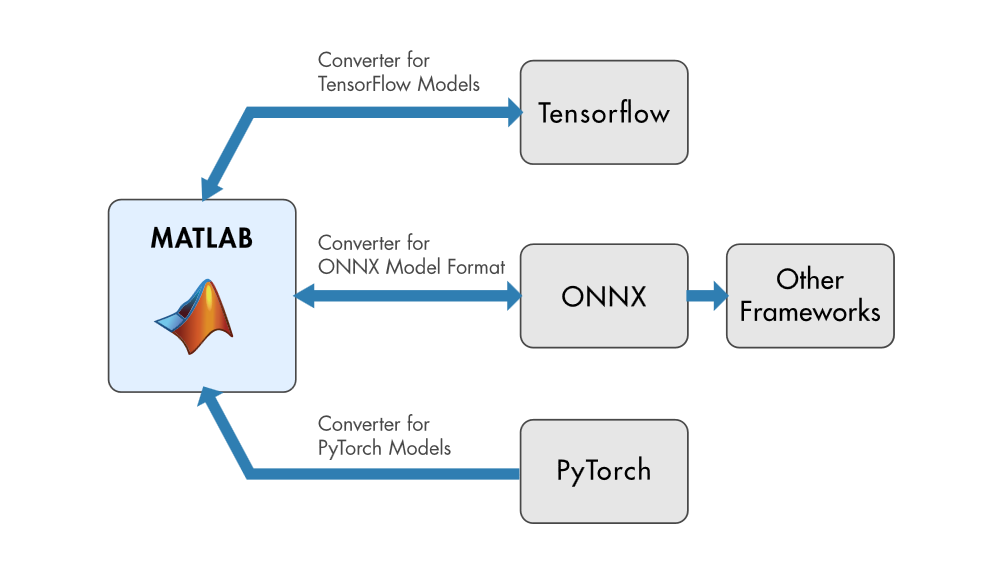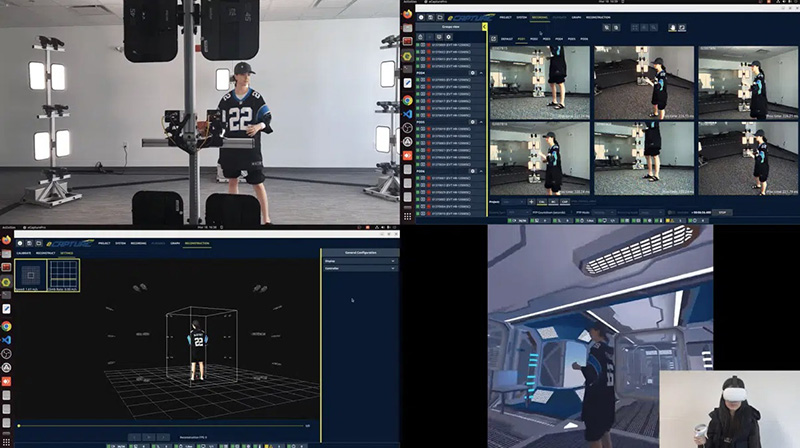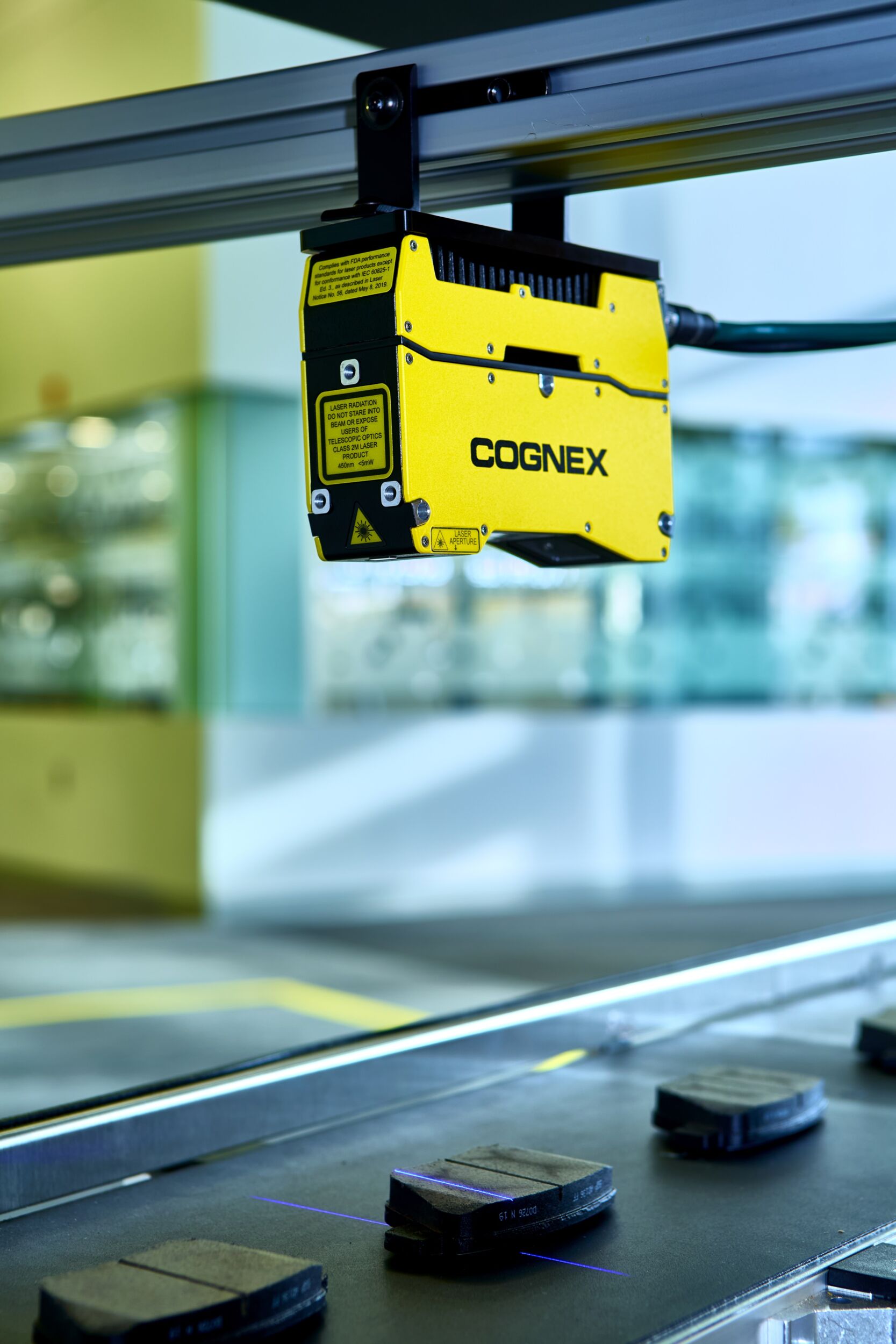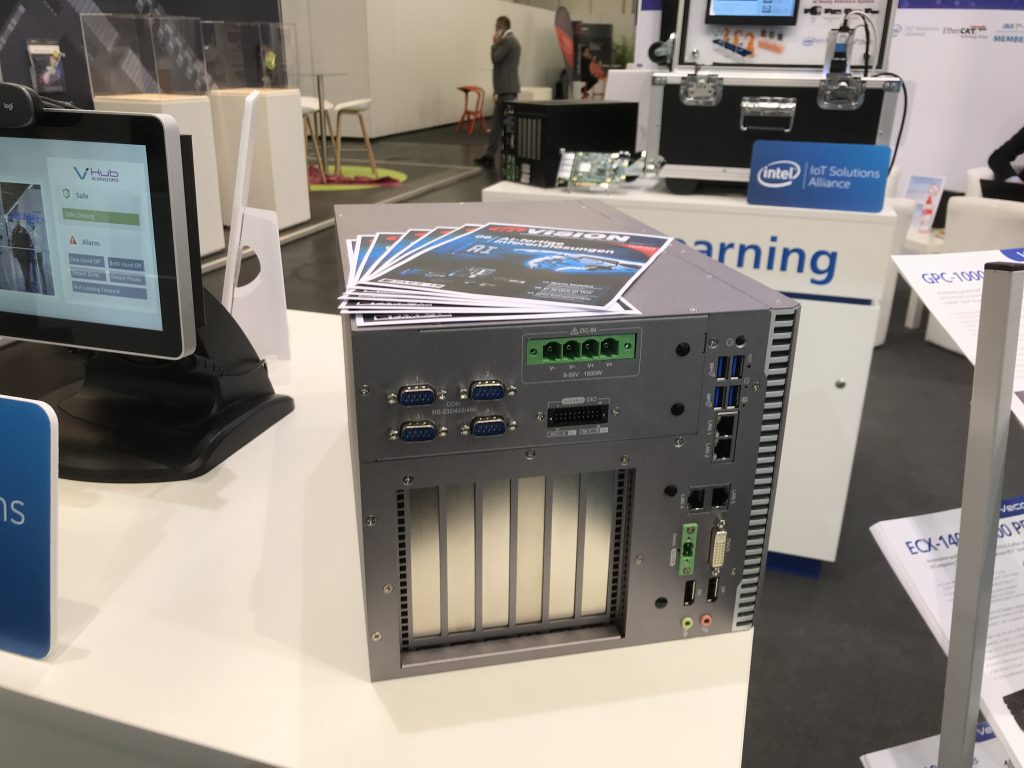
Artificial Intelligence
Deep learning networks are often considered a black box because users do not know what happens to the data during the analysis process. It is therefore difficult to correct errors in case of misclassifications. The Gradient CAM (Gradient Weighted Class Activation Mapping) tool from MVTec (www.mvtec.com) implemented in Halcon version 19.11 helps to analyze which parts of an image had a strong influence on the classification by means of a heatmap. Wahtari (www.wahtari.io) offer a complete solution, from data collection to cloud-based training on their own GPU server in Germany. The company generates customer-specific AI models and delivers them on tailor-made hardware with integrated AI accelerators. Less than 48 hours elapse from the initial inquiry to the ongoing proof of concept, and all this for a few hundred euros. Vecow (distribution plug-in www.plug-in.de) presented the expandable dual GPU AI computing system GPC-1000, which offers the power of two GPUs. It is equipped with Intel Xeon/Core-i processors of the 9th generation and the Intel C246 chipset, two Nvidia Tesla/Quadro/GeForce or AMD Radeon Pro/Radeon graphics cards. The GPU system has four PCIe slots. The devices support a power budget management with 1,500W. In edge computing, up to 750W is provided for each graphics card. The Vizi-AI development kit from Adlink (www.adlink.com) allows users to scale to other AI products in the Adlink portfolio. The kit includes an Intel Smarc module, a Movidius Myriad X VPU and 40 pin connectors. Users can start with the low-cost Vizi-AI and choose their processor type (CPU, GPU, VPU…) later. Neousys (www.neousys-tech.com) has introduced the Nuvo-8108GC AI GPU computing platform. This has a 250W Nvidia Turing graphics card with up to 14TFLOPS in the FP32 and an Intel Xeon E or 9/8-Gen Core processor integrated. ICP (www.icp-deutschland.de) completes its portfolio of AI accelerator cards with the Mustang-M2BM-MX2. In addition to Mini-PCIe and PCIe based solutions, an M.2 PCIe plug-in card variant is now also available.
IPCs & Boards
A virtual Giga-FPGA (Hexa-Core) is made possible by the Multi-FPGA-Board from ABS (www.abs-jena.de). The concept is based on a board with two FPGAs ECP3-150 and one LFXP2 as programmable controller device. The board can be extended by up to four FPGA plug-in modules. The plug-in modules are linked to the adjacent FPGAs via high-bit-rate SerDes units. The C-Vision Kit from Aries Embedded (www.aries-embedded.com) is a design platform for embedded vision and AI. The core is the MCV SoM on the MCVEVP baseboard, which can optionally be expanded with a 7-inch TFT display and capacitive touch screen. The C-Vision adapter allows two Basler dart LVDS cameras, a miniPCIe card with Movidius Myriad X chip, and a monitor to be connected via an HDMI slot. Congatec (www.congatec.de) is expanding its embedded vision offering with a solution platform for the NXP i.MX 8 processor series. The application-ready arm platform integrates all components required for MIPI camera support onboard. The kit is based on a modular 3.5″ carrier board, is available in various Smarc CoM configurations, and comes with a 13MP Basler BCON for MIPI camera module. The VarioFlex rackmount platforms from Pyramid Computer (www.pyramid.de) offer short installation depths of 250mm and optional front I/O connectors. Equipped with numerous slot options for installation depths starting at 300mm, the VarioFlex 2U platforms offer e.g. power consumption up to 140W TDP. The Kuber series from Portwell (www.portwell.eu) features the Intel Celeron processor N3350 with 4GB (LPDDR4 2400) memory. It offers Intel Gen9 graphics with up to 18 execution units and enables the connection of 4k displays via the display port.

